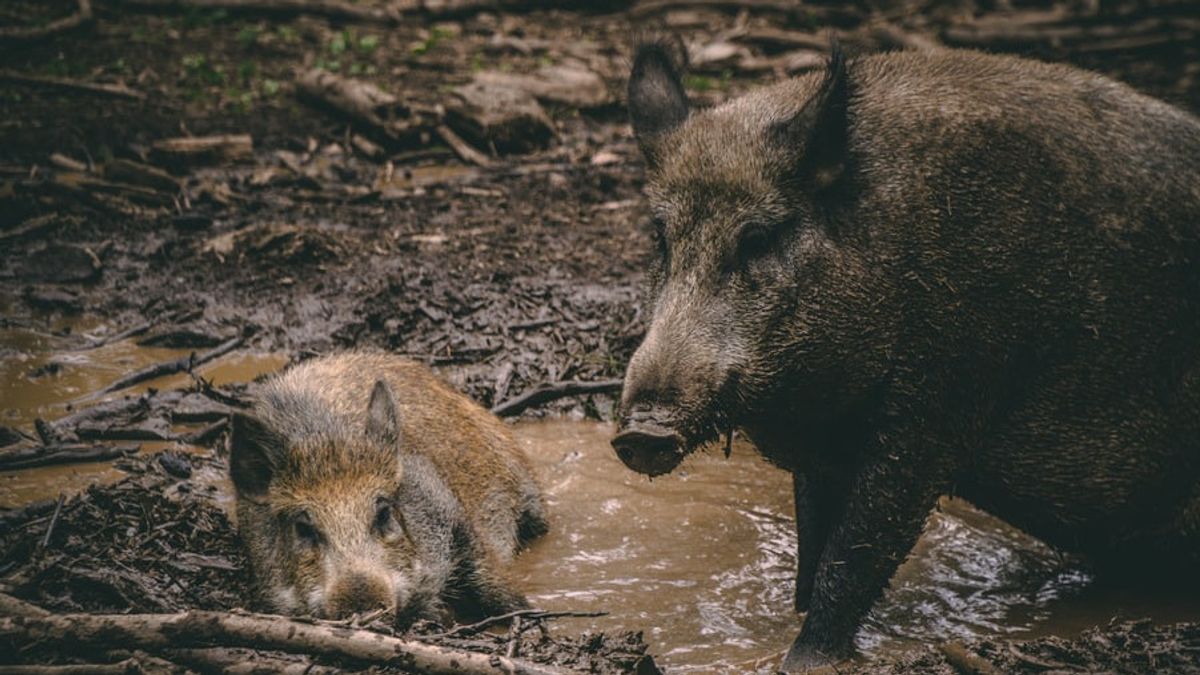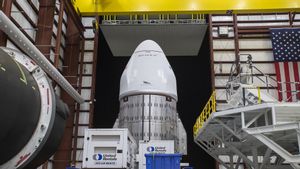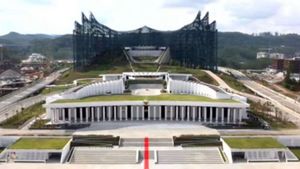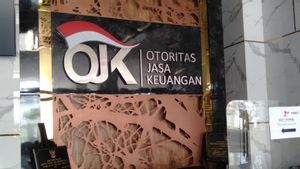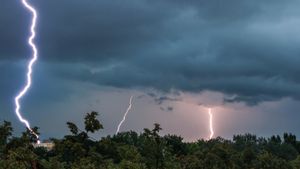JAKARTA - No agent of ecological imperialism is more vicious than the wild boar. In the past, wherever Europeans swarmed, from America to Australia, so did their pigs. Even these pigs, many of whom fled to the countryside to wreak havoc.
These beasts rip apart native plants and animals, they also spread disease, destroy crops, and they rebuild entire ecosystems behind them. They are not pests because they are a true mess.
Now climate change, entering into the resume of the devastation caused by wild boars. In their relentless search for food, the pigs scavenge the soil, churning the soil like a farmer cultivating a field.
Scientists already know, to some extent, that this behavior releases carbon locked in the soil. Researchers in Australia, New Zealand, and the US have now calculated how many earth-scratching wild boars may be disturbing around the world. The carbon dioxide emissions they produce each year, equal to that of more than a million cars.
This is another piece of an increasingly worrying puzzle, showing how soil modifications—in this case, inadvertently, exacerbate climate change.
"Every time you disturb the soil, you cause emissions", said University of Queensland ecologist Christopher O'Bryan, lead author of a new paper describing the research in the journal Global Change Biology. “When you cultivate the land for agriculture, for example, or you experience widespread land-use changes such as urbanization, and forest loss”.
Given their dominance across the landscape, pigs are bound to make things worse, researchers know, but no one has modeled it around the world. "We're starting to realize there's a huge gap on a global scale looking at this question", O'Bryan added to The Wired.
The researchers obtained estimates of wild boar emissions by combining several models and previous data sources. For example, one author has a model that maps wild boar populations around the world. Others have studied wild boars in Australia, and have data on how much the species disturbs the soil. The researchers then drew on estimates made in Switzerland and China about the carbon emissions created by wild pigs roaming around there.
No model can determine exactly how many pigs are in a given place at any given moment, for example. In addition, different types of soil emit more carbon when disturbed. Materials such as peatlands, which are composed of dead plant matter that has not been completely decomposed, are essentially concentrated carbon, so more must be released than other soils. The amount of carbon loss also depends on the soil microbiome such as the bacteria and fungi that feed on the plant material.
Given this wide range of variables, the researchers simulated 10,000 potential global wild boar density maps, excluding the animal's native range in parts of Europe and Asia. In other words, they are simply modeling places where pigs are an invasive species.
また読む:
For each of these simulations, they randomly assigned pig-induced soil carbon emission values based on data from previous studies. This allows them to combine variables in a thousand ways: Here are the number of pigs that may be present in a given area, how much land they will intrude, and these are the resulting emissions. From these thousands of attempts, they were able to produce estimates of average emissions.
Their model shows that, worldwide, invasive wild boars take root in somewhere between 14,000 and 48,000 square miles of land. But they are not evenly distributed around the world. Although Oceania, the region that includes Australia and the islands of Polynesia, accounts for a small fraction of the world's land surface, it has a large number of pigs.
At the same time, the tropics are home to most of the world's peat. "In certain parts of Oceania like tropical North Queensland, for example, there are large amounts of carbon stores," O'Bryan said. With the combination of the two means, according to the team's model, Oceania accounts for 60 percent of total global emissions driven by destructive wild boars there.
This estimate, according to them, is actually quite conservative. That's because they didn't model emissions from farmland, which area, and which wild boars are known to plunder food for free.
They thought, technically, the soil was already disturbed and emitting carbon dioxide, so they didn't want to double count. Moreover, the researchers only predicted where the wild boars might be now, not where they could soon be. "These pests are multiplying, and they have the potential to expand into areas of high carbon stock", said O'Bryan.
If it continues to grow uncontrollably, then just like humans, wild boars are one of the parties responsible for changing the climate of planet Earth.
The English, Chinese, Japanese, Arabic, and French versions are automatically generated by the AI. So there may still be inaccuracies in translating, please always see Indonesian as our main language. (system supported by DigitalSiber.id)
